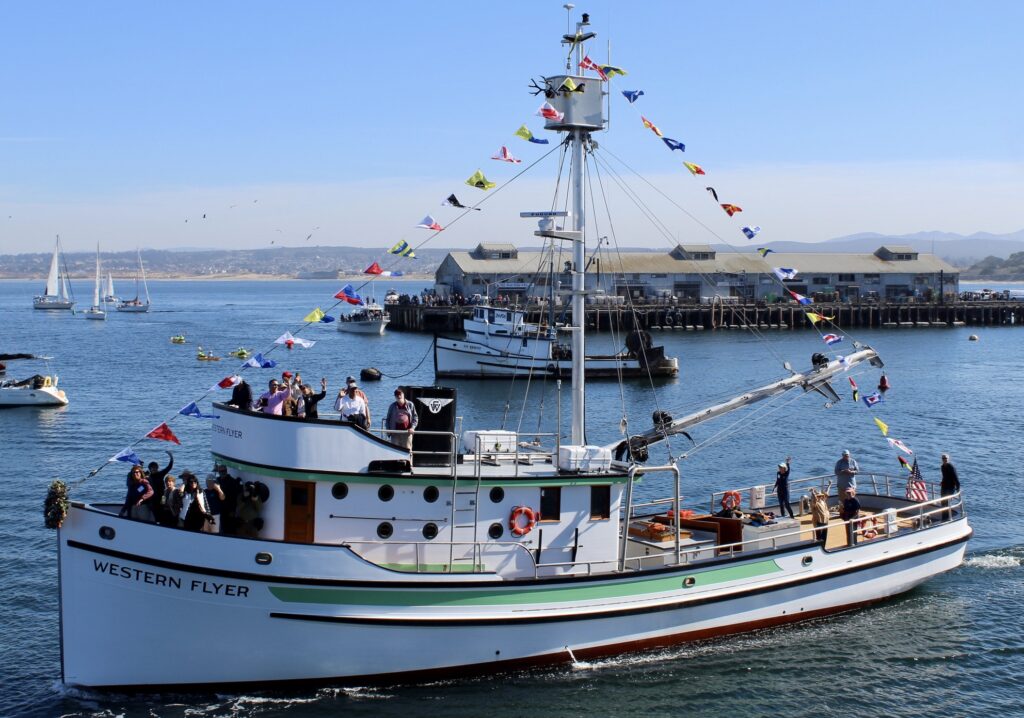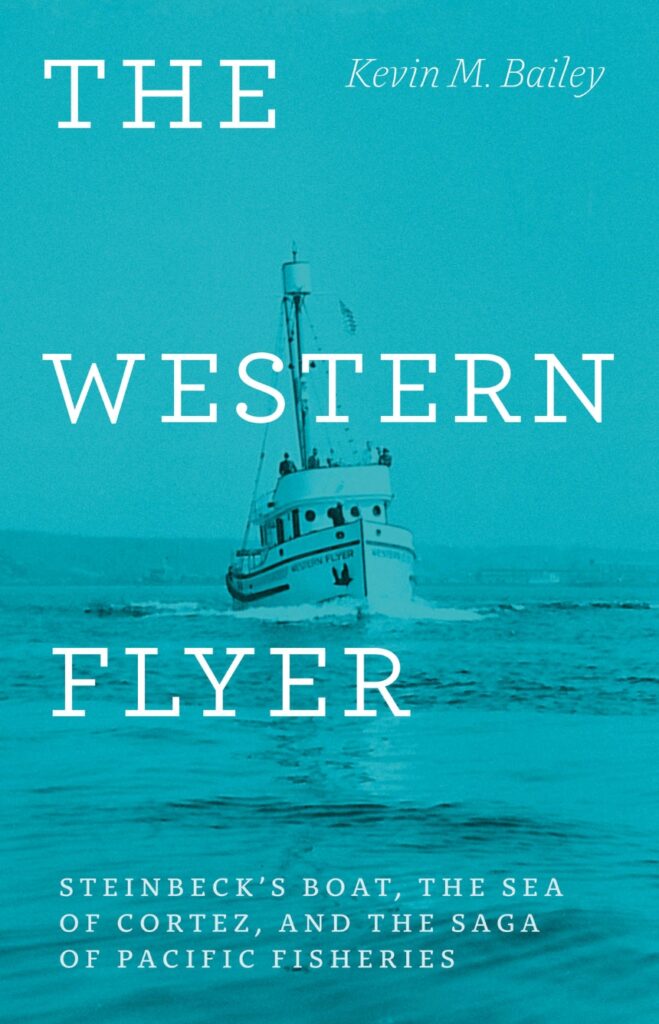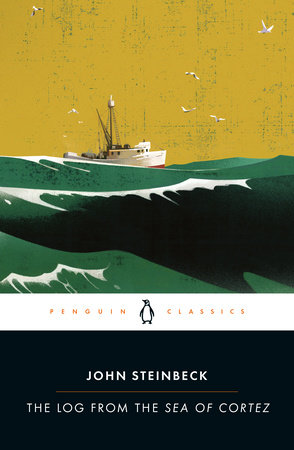Russ Eagle reviews Kevin Bailey’s book about the legendary boat made famous by Steinbeck.

Two significant events bookend the 86-year history of the Western Flyer. Foremost is the purse seiner’s role in the John Steinbeck/Ed Ricketts expedition to the Gulf of California in 1940, described in Steinbeck’s Log from the Sea of Cortez. At the other end of the vessel’s timeline is the 8-year, $7 million renovation project that culminated recently with the Flyer’s celebrated return to Monterey Bay. But to the boat builders, fishermen, and historians of the Pacific Northwest, the decades in between tell the Flyer’s true history. For more than a half-century, she fished the waters of the Pacific, adapting periodically to changes in the fishing industry and to a host of colorful owners and skippers. With The Western Flyer: Steinbeck’s Boat, The Sea of Cortez, and the Saga of Pacific Fisheries, scientist and author Kevin Bailey takes readers from the Flyer’s construction in Tacoma, Washington in 1937 to its near demise 75 years later at the bottom of Swinomish Slough in northern Washington. The Flyer’s fortunes, Bailey’s account clearly demonstrates, were always inextricably bound with those of the Pacific Northwest fishing industry.

Bailey’s narrative begins on the Tacoma waterfront during the Depression. Martin Petrich’s company, Western Boatbuilding, was struggling, and Petrich had resorted to building houses. It was only when the sardine catches and canning activity around Monterey Bay began to grow in the mid-1930s that boat orders began to pick up. The sardine boom not only saved Petrich’s business, but created work for struggling locals and a number of Dust Bowl migrants that had drifted into the area. Western Boatbuilding would complete seven purse seiners in 1937, all designed to bring in the California sardine. The second of these was the Western Flyer.
The growing fleet of purse seiners in Monterey proved to be too effective. With fishing limits rescinded because of the war, they essentially caught all the fish. By the mid ’40s, the Monterey sardine industry and Steinbeck’s Cannery Row were in a steep decline, and the Western Flyer moved on. Bailey follows it through 30 years of movements, conversions, and ownership changes. The Flyer would trawl for Pacific Ocean perch throughout the ’50s. As with the sardines, however, industrial fishing and foreign fisheries finally ruined that industry.
The Flyer was converted to a crabber in the ’60s, fishing the Aleutians for red king crab. But the story kept repeating. Once again, there was too much money to be made, and the overfishing and habitat degradation that ensued ended another chapter in the story of the Western Flyer. From there, she moved to southeastern Alaska to fish for salmon. It was early in this period that the Flyer hit a reef and suffered severe damage. Her days on the high seas were over. She would end her working life in the sheltered waters of Puget Sound, doing light fishing and serving at times as a research and channel-marking vessel.

Bailey mentions in his prologue that for Steinbeck and Ricketts enthusiasts in and around Monterey, the Western Flyer was considered lost for many years. No one seemed to know its story or location after it left Monterey. Bob Enea, a nephew of both the captain and one of the crew members who sailed with Steinbeck, finally located the boat in the 1980s through its radio call sign. But the manager for the recent restoration, Port Townsend shipwright Chris Chase, told me back in 2018 that the vessel was never considered lost by members of the fishing world. Chase said those who owned or worked on the Flyer were aware of its history, including its Steinbeck connection. Bailey includes a few stories about some of those individuals, and in doing so chronicles the inherent risks, hardships, and dangers in the fishing industry.
It seems appropriate that Bailey completed this account shortly before marine geologist John Gregg stepped forward in 2015 to purchase and save the Western Flyer. The ensuing restoration was thoroughly documented, with Chris Chase posting regular updates, dozens of photographs, and a professionally produced YouTube series that shared life and work in a shipwright’s co-op, the tools and techniques of wooden boat building, and scores of interesting people, places, and historical tidbits. With Bailey’s book and Chase’s multimedia effort, along with Steinbeck’s Log from the Sea of Cortez and associated scholarly works, the Western Flyer’s past now seems as secure as its future.
